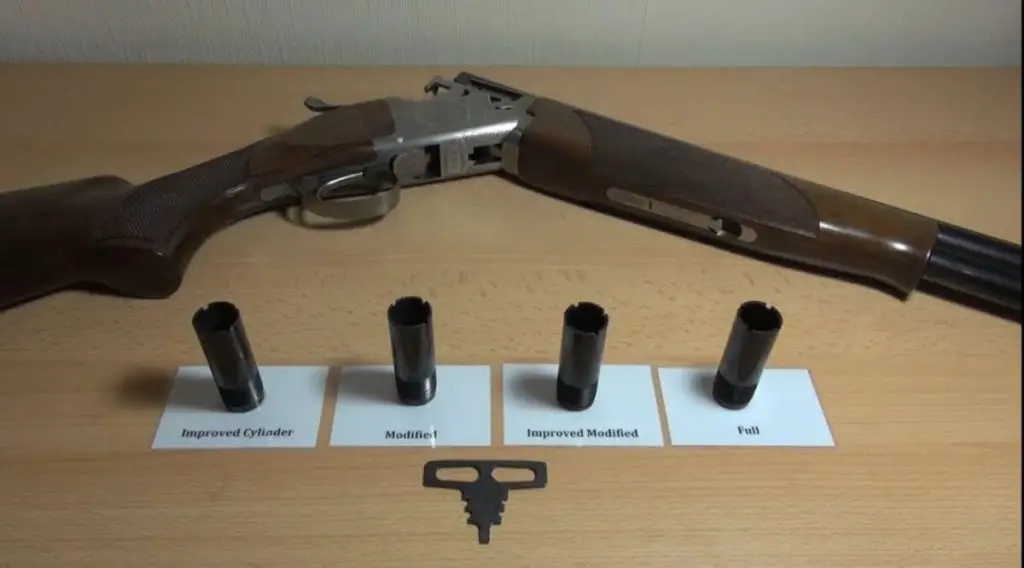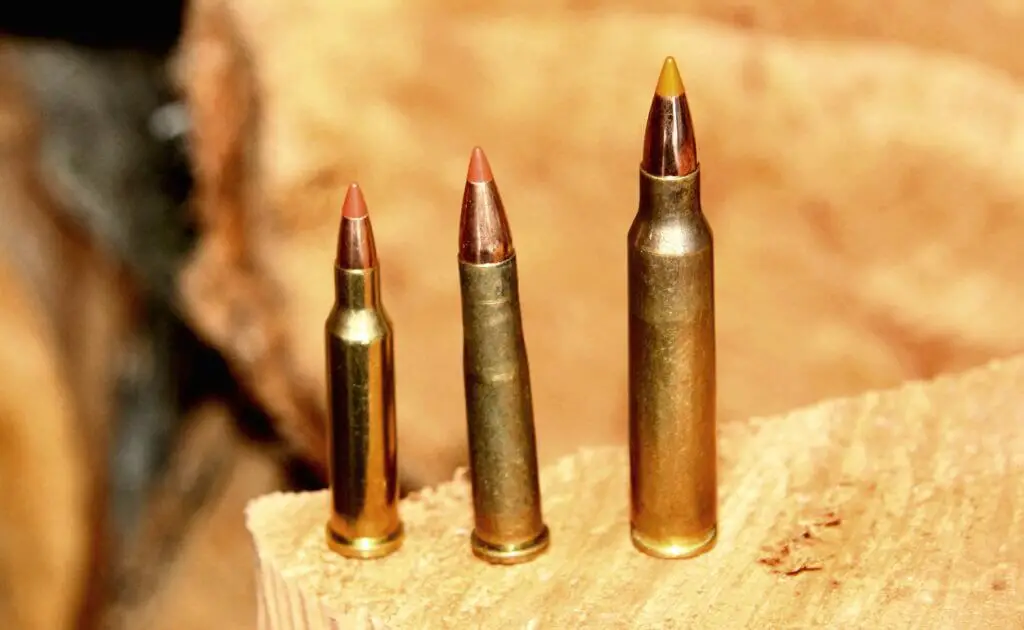Much like the majority of hunting enthusiasts, shooting experts, and quality rounds lovers, you’ve probably been intrigued by the Barnes LRX (Long Range X-Bullet), and rightfully so! Barnes has been known to design and manufacture some of the most innovative and performance-studded shooting rounds in the market, and the LRX bullet is no exception. Combine Barnes’s reputation with the bullet’s specific features, and it’s easy to see why the LRX has become such a popular choice.
What Is Barnes LRX Bullet?
Against the backdrop of an ever-evolving ammunition market, Barnes introduced the LRX bullet as a long-range hunting bullet. While the demand for a bullet that could keep its terminal performance intact even over extended ranges was high, few manufacturers could strike the right balance. Then entered the LRX bullet, designed to be more than just an ordinary round.
To understand the Barnes LRX bullet better, let’s break it down, piece by piece.
Bullet Design
The Balley, UT-based company considers the LRX as an improvement of one its most popular offerings – the TTSX bullet. It bears the all-copper design of its predecessor, but comes with a plastic tip, intended for stable flight and effective long-range execution. This tip also aids in rapid expansion upon impact.
Weight and Caliber
Barnes offers the LRX bullets in eleven different calibers, starting from .243 (6mm) up to .375. Each caliber has at least one weight choice, though some have as many as three variants to cater to different shooter preferences.
Performance Review of Barnes LRX Bullet
Judgement of any bullet’s performance boils down to accuracy, impact, and penetration. Let’s review the Barnes LRX Bullet based on these parameters.
Accuracy
Accuracy of the LRX bullet is arguably its most significant strength. Thanks to the streamlined design and the ballistic tip, this bullet maintains a consistent trajectory, even at long ranges. Several hunters and shooters vouch for the bullet’s precision – hitting the target is effortless if your rifle has been sighted properly.
Impact and Penetration
The Barnes LRX doesn’t just stop at accuracy. The LRX bullets are designed and constructed to deliver a high degree of impact and penetration. The construction ensures that it doesn’t fragment upon impact, but rather, expands to create a large wound channel, leading to quick, clean kills.
Barnes LRX Bullet in Action
To understand the real-word efficacy of the Barnes LRX bullet, it’s essential to analyze it in practical hunting scenarios. Given its design and features, this bullet is often a top choice for big-game hunting.
Hunting Big Game
Whether you’re after a black bear in the Alaskan wilderness, chasing a bison in the prairies, or stalking a mountain goat in the Rockies, the Barnes LRX bullet comes into its own when it’s big-game hunting season.
Long Range Hunting
Given its name, it’s clear that the LRX is a bullet made for covering long distances. Its sharp accuracy over extended ranges, coupled with consistent expansion and penetration, makes this bullet a favorite among long-range hunters.
Comparison of Barnes LRX with Other Bullets
BulletAccuracyPenetrationImpactRangeBarnes LRXHighHighHighLongBullet BMediumMediumMediumMediumBullet CLowLowLowShort
Bottom Line
The Barnes LRX bullet has established its reputation in the market because of its impressive features and consistent performance. Whether it’s accuracy, penetration, impact, or long-range performance, the Barnes LRX bullet checks almost all the boxes a bullet should.
Frequently Asked Questions
1. What is the difference between Barnes LRX and Ttsx bullets?
The main difference between Barnes LRX (Long Range X) and TTSX (TSX Triple Shock X) bullets lies in their design and purpose. The LRX bullets are specifically engineered for long-range hunting and have a sleeker profile and higher ballistic coefficients compared to the TTSX. The TTSX bullets, on the other hand, are designed for both long-range and close-range hunting, offering controlled expansion and deep penetration.
2. Is Barnes load data accurate?
Yes, Barnes load data is generally considered to be accurate and reliable. Barnes Bullets puts great effort into developing accurate load data, taking into account various factors such as bullet design, weight, and cartridge chamber pressures. However, it’s important to note that individual firearm characteristics, variations in rifle barrels, and environmental conditions can also affect ammunition performance, so it’s recommended to start with the minimum listed loads and work up in a safe and controlled manner.
3. What is the minimum speed for Barnes LRX?
The minimum recommended impact velocity for Barnes LRX bullets is typically around 1800 feet per second (fps) to ensure proper expansion and bullet performance. Below this speed, there is a risk of inadequate bullet expansion and reduced terminal performance. Always consult the specific load data or bullet manufacturer’s recommendations for accurate minimum velocity information based on bullet weight and caliber.
4. Is Barnes ammunition any good?
Yes, Barnes ammunition has gained a reputation for being excellent and reliable. Barnes Bullets is known for its advanced bullet construction and innovative designs, such as its all-copper bullets, which offer high weight retention, controlled expansion, and deep penetration. Many hunters and shooters have found success using Barnes ammunition for hunting due to its consistent performance and ability to deliver high terminal energy while reducing the risk of over-penetration.
5. How do Barnes LRX bullets perform on game?
Barnes LRX bullets are designed to perform exceptionally well on game due to their controlled expansion and high weight retention. These bullets mushroom reliably and penetrate deeply, delivering devastating energy transfer and creating effective wound channels. The LRX bullets are engineered to provide consistent terminal performance across a wide range of velocities, making them effective for both close-range and long-range hunting scenarios.
6. Can Barnes LRX bullets be used for long-range shooting?
Yes, Barnes LRX bullets are specifically designed for long-range shooting applications. Their sleek profile and high ballistic coefficients enable them to maintain velocity, resist wind drift, and exhibit excellent accuracy at extended ranges. The LRX bullets also feature a polymer tip that aids in aerodynamics and initiates rapid and controlled expansion upon impact, making them a popular choice for long-range precision shooting.
7. Are Barnes LRX bullets suitable for all rifles?
While Barnes LRX bullets can be used in various rifles, it’s essential to select the appropriate bullet weight and caliber that matches the rifle’s twist rate and action. Different rifles have different preferences when it comes to bullet weights, and it’s recommended to consult the specific load data or Barnes Bullets’ recommendations for optimal bullet selection for your rifle type.
8. How does the BC (ballistic coefficient) of Barnes LRX bullets compare to other bullets?
Barnes LRX bullets are known for their excellent ballistic coefficients. The BC is a measure of a bullet’s ability to overcome air resistance and is directly related to its long-range performance. The high BC of Barnes LRX bullets allows them to maintain velocity and trajectory better than many other bullets in the same weight class, resulting in flatter trajectories, greater energy retention, and reduced wind drift.
9. Can Barnes LRX bullets be used for reloading?
Yes, Barnes LRX bullets can be used for reloading, and many reloaders find them to be consistent and reliable. Barnes provides load data for their LRX bullets, ensuring safe and accurate reloading practices. However, it’s vital to follow the recommended load data, starting with the minimum loads and working up to the desired velocity safely, while also considering specific cartridge chamber pressures, bullet seating depth, and overall cartridge length.
10. Does the velocity affect the bullet performance of Barnes LRX?
Yes, velocity plays a crucial role in dictating the bullet performance of Barnes LRX. These bullets are designed to expand reliably across a broad range of velocities, but performance can vary depending on the impact speed. At lower velocities, there may be less expansion, while higher velocities can result in faster expansion and potential fragmentation. It’s important to consider the desired terminal performance and the expected velocity range when selecting the appropriate LRX bullet for your shooting or hunting application.
- How to Put a Scope on a Mosin Infantry in Tarkov: A Quick Guide - November 7, 2024
- How to Edit a Scope Box in Revit: A Step-by-Step Guide - November 6, 2024
- How to Put a Scope on Mosin Tarkov: Expert Tips for Gamers - November 6, 2024


